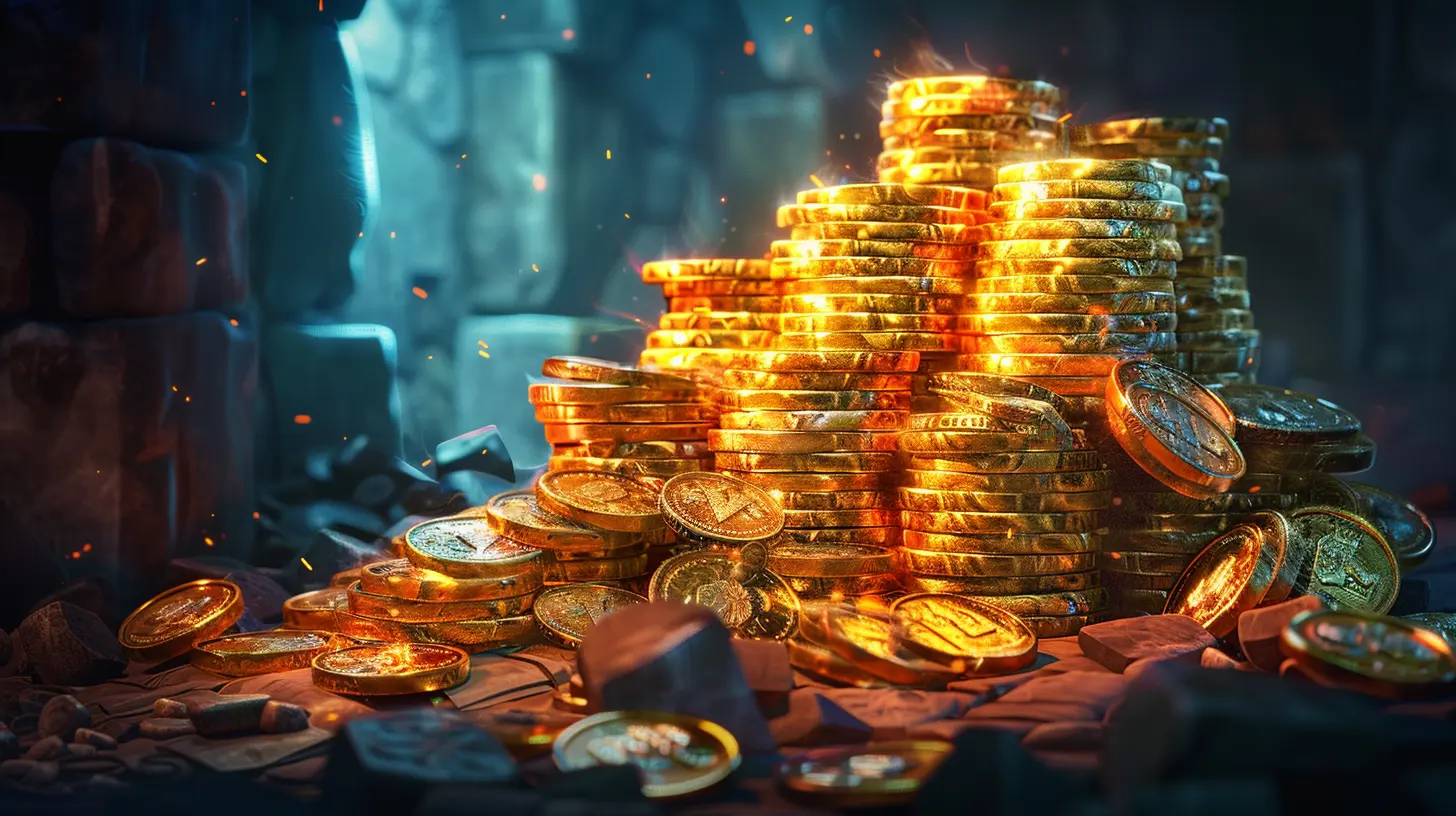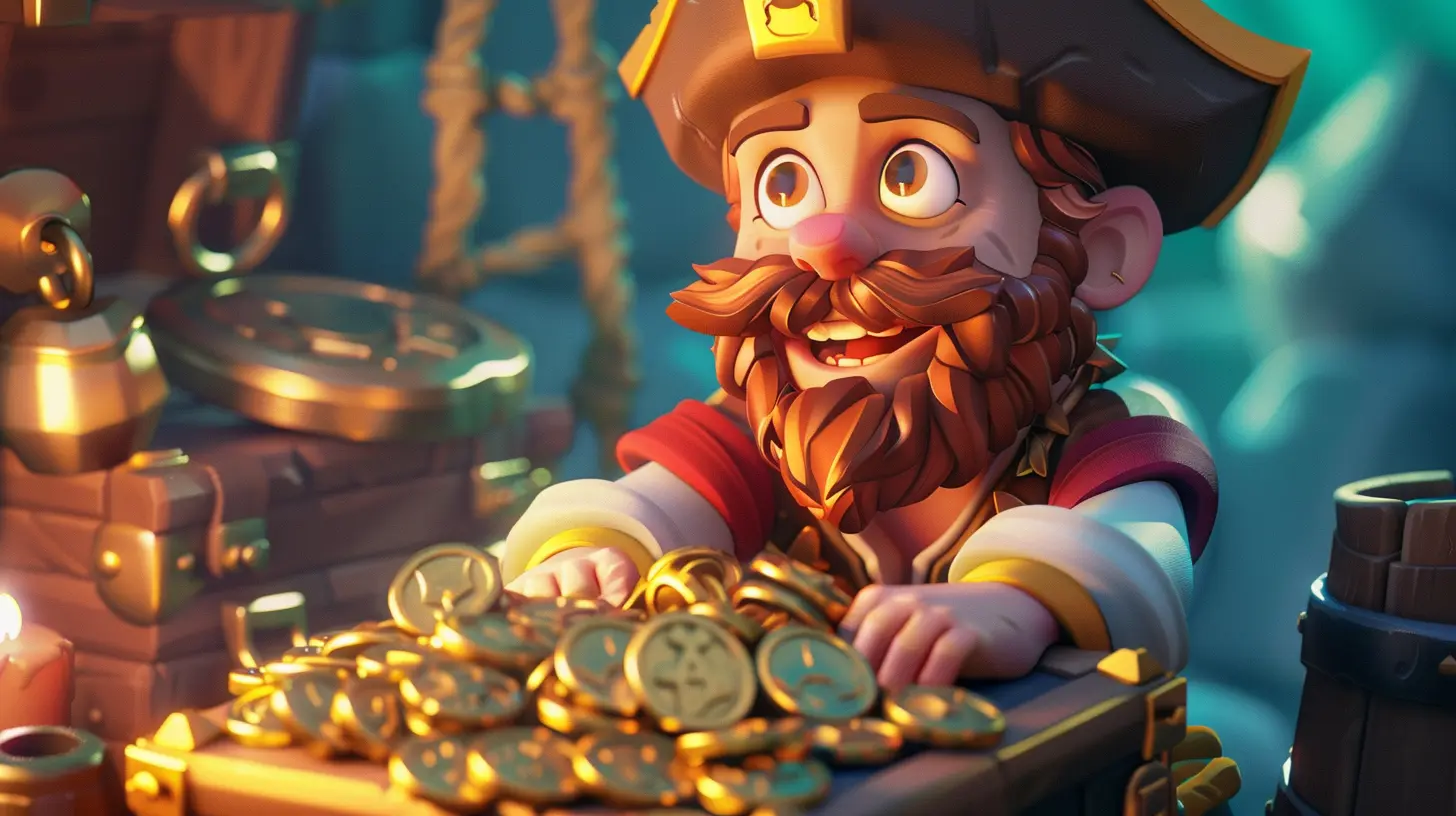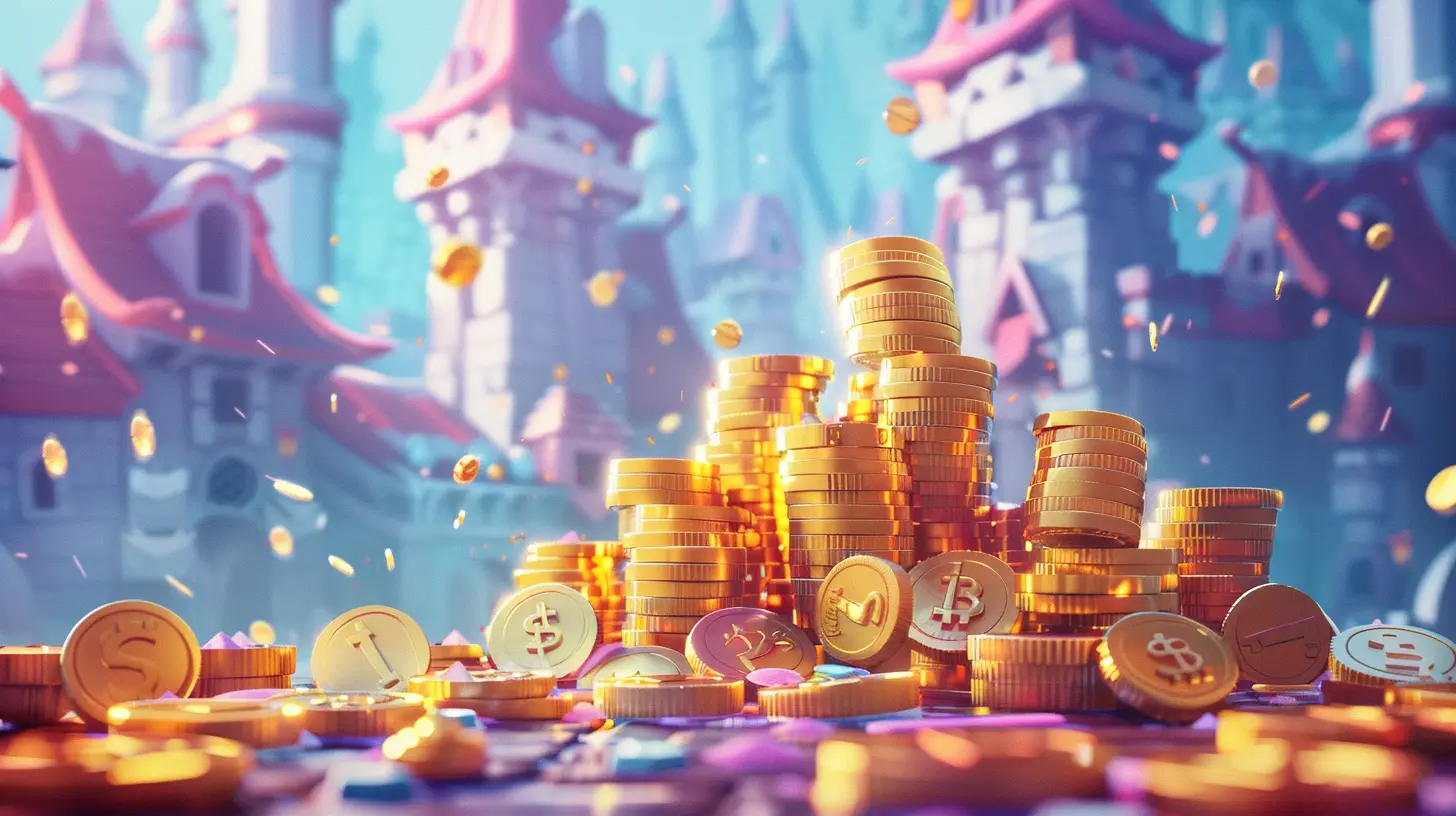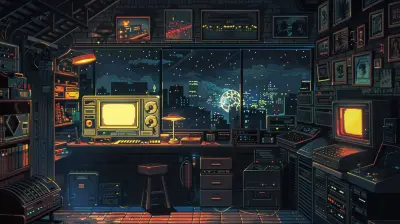How Indie Games Are Approaching Microtransactions Differently
8 November 2025
Microtransactions. Just hearing that term makes some gamers cringe, right? I get it—there's a lot of baggage tied to it. Over the years, the concept of microtransactions has become synonymous with pay-to-win schemes, overpriced cosmetics, and loot box debacles. But here’s the thing: not all microtransactions are inherently evil. And, believe it or not, indie game developers are proving it.
Yep, those small, scrappy studios are shaking things up. They're giving us a fresh, innovative take on microtransactions, one that feels, dare I say, more ethical and player-focused. So, let’s dive deep into how indie games are reimagining microtransactions and why the big guys could learn a thing or two from them. 
Why Microtransactions Have a Bad Reputation
Okay, let’s be real for a second. Microtransactions became a dirty word because of how AAA studios handled them. Instead of enhancing the gaming experience, they often turned into cash grabs that drained wallets faster than you could say, “one more round.”Remember the infamous Star Wars Battlefront II loot box scandal? Paywalls were so steep you’d need a Sherpa to climb over them. Or those mobile games where it's like, “Oh, want to progress? Just pay $5!” Then $5 turns into $50, and before you know it, you're wondering if you should have just bought a new console with all that money.
For many gamers, it felt like monetization had been prioritized over gameplay. And honestly? It sucked the fun out of what should’ve been immersive experiences.
But here’s the good news: indie developers aren’t playing by those rules. 
The Indie Philosophy: Players First, Monetization Second
Indie studios are different. They don’t have billion-dollar budgets or flashy marketing campaigns. Most of them are just passionate developers who genuinely care about making cool, fun games. To them, earning player trust is more valuable than a quick buck.When indies turn to microtransactions, they’re often tackling the concept from a fundamentally different perspective. Instead of asking, “How can we squeeze out as much money as possible?” they’re asking, “How can we keep our game sustainable without compromising the experience?”
Think of it like this: While AAA studios are doing the equivalent of selling bottled water at $20 in the desert, indie devs are handing out reusable water bottles that encourage you to stick around for the long haul. One feels exploitative; the other feels thoughtful. 
A Shift Toward Transparency
One of the most refreshing trends among indies is how transparent they are about their monetization strategies. They’re not hiding their microtransactions behind vague mechanics or flashy animations designed to hyped you into spending. Nope, they’re straight-up telling you what’s on offer and why.Take Celeste devs, for instance. In their secondary releases, they made it ultra-clear what you’re buying: additional content that’s worth your time and money. Or look at Among Us. Its developers offer cosmetic packs that, surprise, don’t affect gameplay at all. Pay if you want to be a stylish crewmate, but your skills (or lack thereof) are what really matter.
Transparency builds trust. And once players trust you, they’re way more likely to open their wallets voluntarily—no shady tactics needed. 
Cosmetic-Only Models: A Winning Strategy
Here’s a fact: Nobody likes pay-to-win mechanics. It feels cheap, unfair, and like the developers are prioritizing deep pockets over actual skill or effort.Indie developers seem to get this better than anyone. That’s why so many of them stick to cosmetic-only microtransactions. Want to support the game? Cool, here’s a snazzy new skin. Don’t want to spend money? No problem, you can still enjoy the full game experience.
Look at Hollow Knight. While the base game doesn’t even have microtransactions, the team behind it offered DLC that felt like a love letter to their fans—not a ploy to monetize every second of gameplay. And when Cuphead released its DLC, it was the same deal. Every cent spent felt worth it because the content was just that good.
Cosmetic-driven models respect the player's wallet and their skills. They say, “Here’s something cool if you want it,” not, “Spend this or get left behind.”
Community-Driven Content
Another thing indie developers are excelling at? Listening to their communities. Many use microtransactions as a way to fund community-requested features or content instead of churning out unnecessary add-ons.Take Stardew Valley, for example. While the game itself isn’t riddled with microtransactions, its creator Eric Barone has always been hyper-focused on giving the community what it wants—even if that means free updates (and skipping monetization altogether).
Other games, like Dead Cells, have dabbled in paid DLC, but it’s always been substance over fluff. Players love that they’re being heard, and when they see their purchases directly funding meaningful content, they’re way more likely to engage.
When gamers feel like they’re part of the process, it fosters loyalty. It’s like being a part of a tight-knit club where everyone’s voice matters.
Ethical Monetization: It’s Not Just a Buzzword
Ethics in gaming? Yes, it’s a thing, and indie developers are leading the charge. They’re proving you can monetize games without manipulating players or turning gameplay into a cash-grabbing grind.Ever heard of Slay the Spire? Its monetization approach was simple: offer a one-time purchase, and that’s it. No sneaky add-ons, no hidden costs. It’s refreshing in an industry where greedy practices often overshadow good games.
And even for those indies that do include microtransactions, like Oxenfree, it’s typically in a way that enhances the experience rather than detracting from it.
Indie devs are walking the talk when it comes to ethical monetization. They’re not just slapping the word “ethical” on their practices for good PR—they’re actually living by it.
The Power of Player Choice
At the end of the day, what makes indie microtransactions stand out most is the respect they show players. These devs aren’t forcing anyone to spend money. They're not putting up arbitrary barriers or locking essential content behind paywalls.Instead, they’re empowering players. They’re saying, “Here’s some extra stuff if you want it, but you’re free to enjoy the game without spending a dime.” It’s like being offered dessert after a great meal. You can indulge if you want to, but you’ll leave satisfied either way.
And let’s not forget the pricing. Indie games tend to offer fair prices for their microtransactions—no $20 skins or $50 season passes here. It’s affordable, accessible, and, most importantly, optional.
What AAA Studios Can Learn from Indies
So, can the big players in the industry take a page out of the indie playbook? Absolutely. Indie developers are proving that you can monetize games in ways that respect players, foster trust, and build long-term loyalty rather than short-term profits.AAA studios could learn that microtransactions don’t have to be a dirty word. They can be a win-win for everyone when done right. Players get value, developers get paid, and the games thrive.
It’s not about scrapping microtransactions entirely—it’s about balancing the scales.
Conclusion: A New Era of Microtransactions
Indie games are flipping the script on microtransactions. They’ve taken a concept that’s been tarnished by greed and are breathing fresh life into it. Whether it’s through transparency, ethical practices, or respect for player choice, they’re showing us that there’s a better way to approach monetization in gaming.So next time you hear “microtransactions,” resist the urge to roll your eyes. Instead, think about how small indie studios are proving that monetization doesn’t have to come at the expense of a great gaming experience.
And honestly? If the rest of the gaming industry paid attention, we might actually see a brighter (and less infuriating) future for microtransactions.
all images in this post were generated using AI tools
Category:
MicrotransactionsAuthor:

Avril McDowney
Discussion
rate this article
1 comments
Lauren Burton
Great insights! Indie games are truly redefining microtransactions, making them more player-friendly and innovative.
November 12, 2025 at 3:57 AM

Avril McDowney
Thank you! It's exciting to see how indie developers are prioritizing player experience in their approach to microtransactions.


